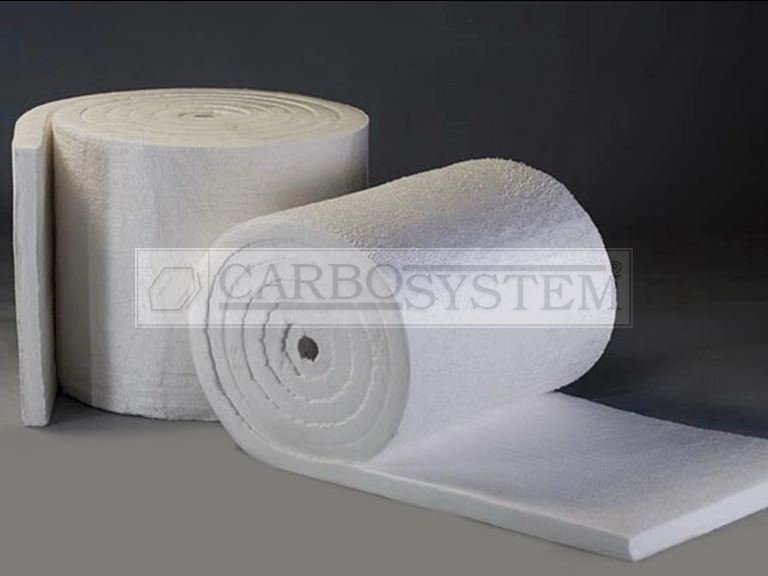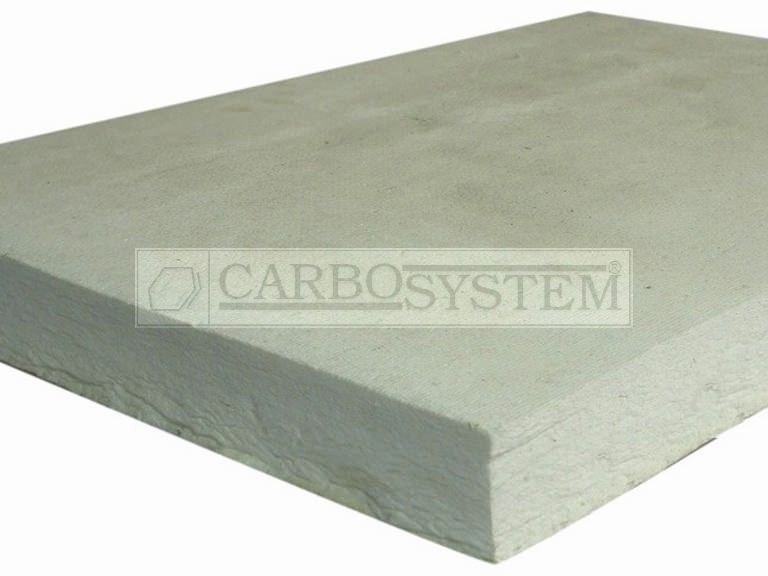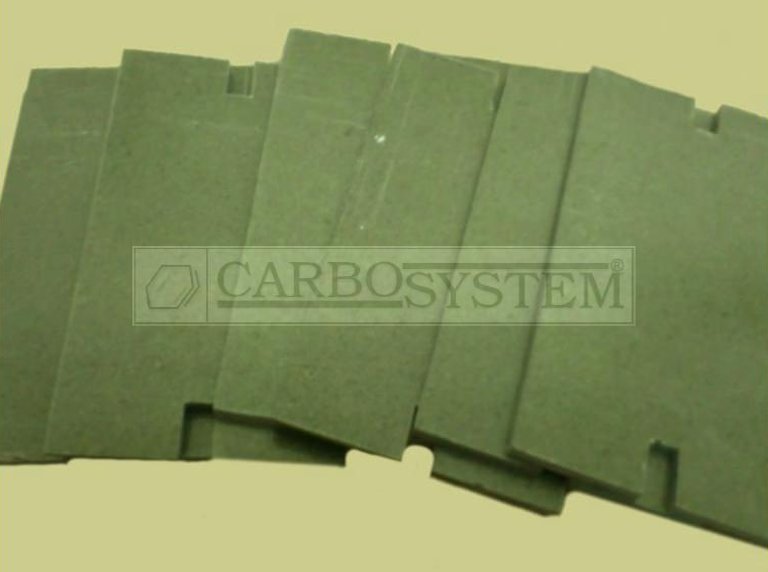Refractories

High temperature refractory composites and related products for thermal, electrical and structural insulation use.
– Rigid plates
– Rigid cylinders
– Moldable
– According to customer’s drawings
Applications
– Insulation for high temperature presses
– Metal brackets
– Different parts for the glass industry
– Protection of graphite in cast aluminum
– Coatings, supports, etc. for furnaces
Materials
– Silicon compound with reinforcing fibers
– Moldable sheets
– Sheets and plates in reinforced ceramic-fiber
– Plates and pieces in Mica material
– Plates and pieces in Calcium Silicate
Frequently asked questions about refractory materials
What are refractory materials?
Refractory materials are those materials capable of “reflecting” an increase in temperature. This is achieved thanks to having a low coefficient of thermal diffusion, making it easier to refract this heat energetically than to absorb it.
What are refractory materials made of?
Any family of materials can contain a refractory, but the most common are ceramic, since its structured crystalline structures have patterns that hinder heat transmission.
Can a refractory material burn?
The refractory materials tend to be, for the most part, fire-proof, since they usually come from different types of oxides. This does not mean that they do not degrade or decompose at certain temperatures.
Are refractory materials very hard?
It depends on the form in which they are presented, since they can be found in the form of solids with a high resistance to compression, in blanket forms to adapt flexibly to any shape, and even in a wet format, so that when drying adapt the desired rigid shape.














